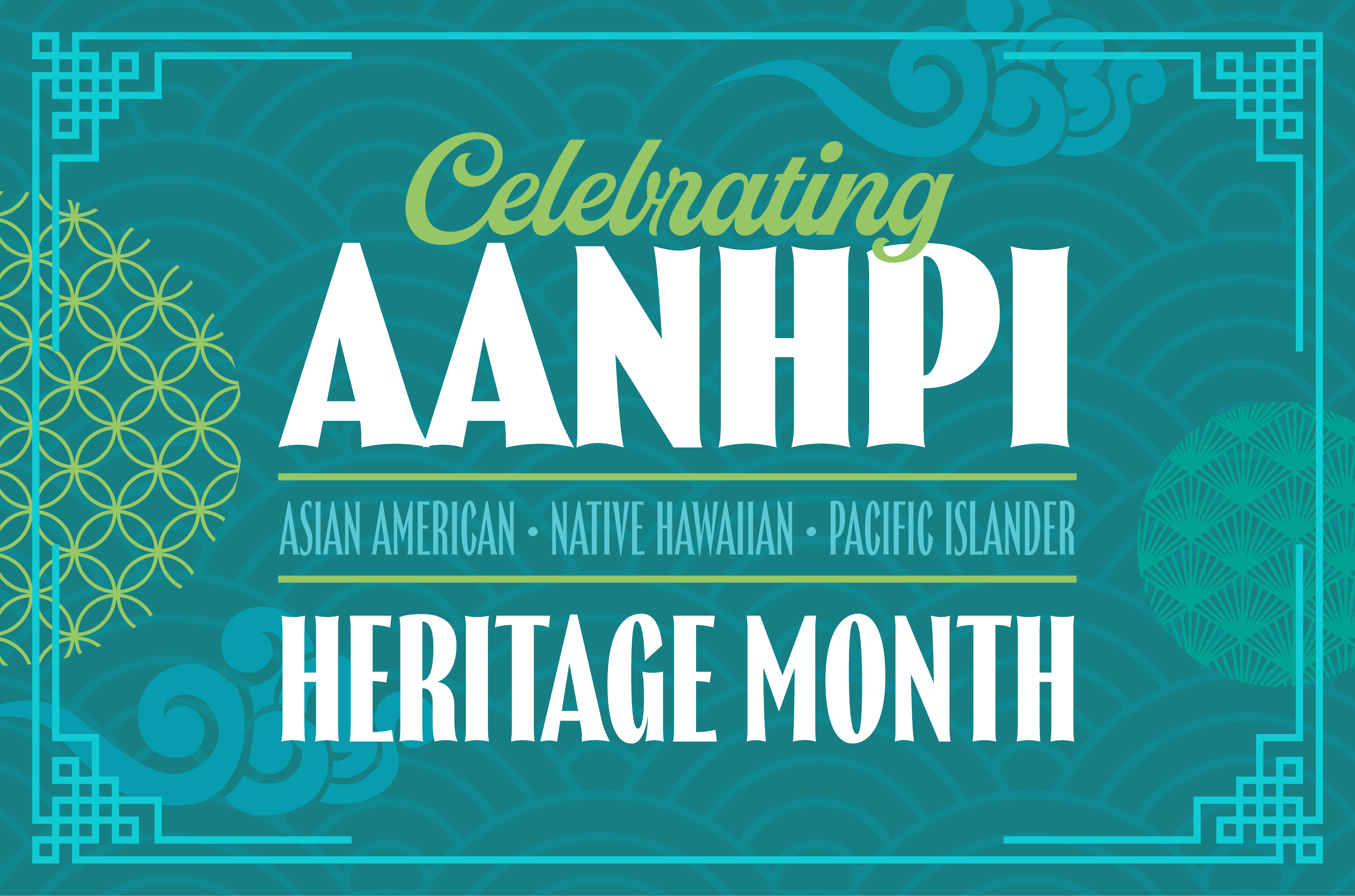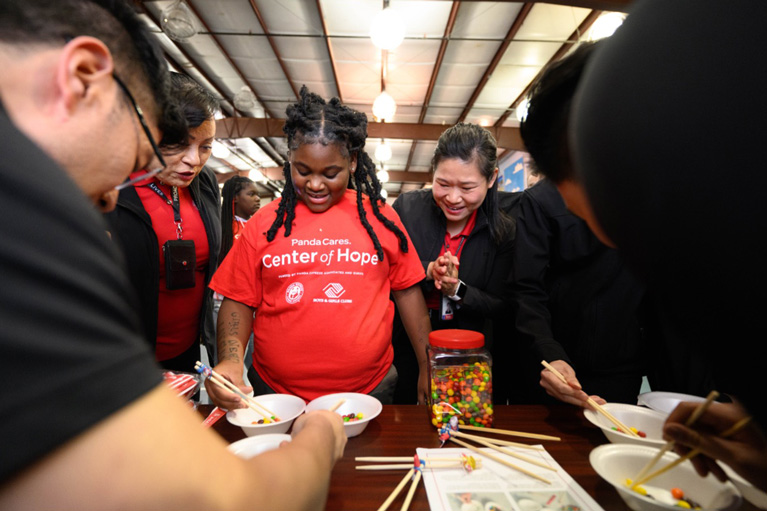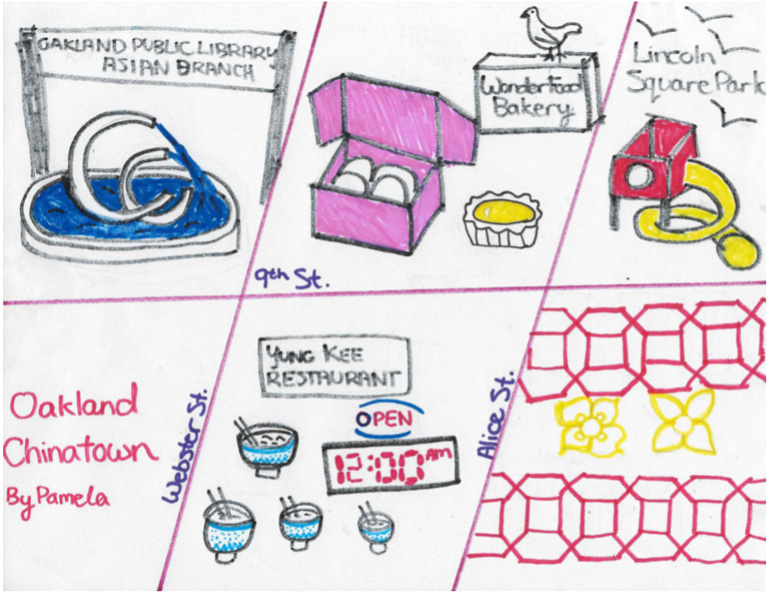
10 Ways to Celebrate AAPI Heritage Month with Kids & Teens
May is Asian American Native Hawaiian Pacific Islander (AANHPI) Heritage Month, and Boys & Girls Clubs of America is proud to celebrate and learn more about these cultures and communities with kids across the nation.
24 million people in the United States identify as Asian with 1.6 million identifying as Native Hawaiian, Pacific Islander or a combination. These diverse communities have enriched this country for generations, from STEM and human rights to art and cuisine, and are critical to our future success.
Boys & Girls Clubs believe that when young people learn about different cultures, their curiosity, perspective and respect for others grow stronger. Inspire the young person in your life with AANHPI Heritage Month activities that grab their attention and hold a special meaning.
What is Asian American Pacific Islander Heritage Month?
Asian Americans are the fastest growing racial group in the U.S., with Native Hawaiians and Pacific Islanders following closely behind. AANHPI Heritage Month gives us the opportunity to recognize the unique experiences, traditions and cultures of people in these communities living in America.
Asian American Pacific Islander Heritage Month began as a week-long celebration in the late 1970s that extended into a month-long celebration in 1990. The month of May was chosen in honor of the first Japanese immigrants who came to the United States and the completion of the transcontinental railroad, which both occurred during May.
Today, AANHPI communities speak over 100 languages in over 50 ethnic groups throughout the U.S., with ties tracing back to Chinese, Indian, Japanese, Filipino, Vietnamese, Korean, Hawaiian and other Asian and Pacific Islander ancestries.
What is the new name for “AAPI Heritage Month”?
In 2021, President Joe Biden expanded the name to Asian American Native Hawaiian Pacific Islander (AANHPI) Heritage Month, the same year that Kamala Harris became the first Asian American Vice President of the United States.
This name change represents efforts by Native Hawaiians and the federal government to create a more inclusive celebration, directly recognizing the distinct history and contributions of Native Hawaiians as part of the United States. Boys & Girls Clubs across Hawaii are celebrating the new addition and the recognition of Hawaiian identity on a national level.
 Image courtesy of the Vacaville Neighborhood Boys & Girls Club.
Image courtesy of the Vacaville Neighborhood Boys & Girls Club.The Importance of AANHPI Heritage Month for Kids
AANHPI communities are often overlooked in U.S. history. 42% of Americans cannot name a single Asian American historical experience and only a few states require public schools to teach Asian American, Native Hawaiian and Pacific Islander history. Compared to Black and Latino populations, Asian Americans are also the least likely to feel like they belong in the U.S., with those between 18-24 years old feeling the least accepted.
It’s important for young people with Asian American, Native Hawaiian and Pacific Islander ancestry to feel safe, seen and celebrated — not just during AANHPI Heritage Month, but year-round.
At Boys & Girls Clubs, 3% of youth members identify as Asian and 1% as Native Hawaiian or Pacific Islander along with a number of staff who represent these groups. During AANHPI Heritage Month and throughout the year, Club members explore and celebrate the many cultures of these communities through special events and activities. In California, the Lunar New Year Celebration at the Vacaville Neighborhood Boys & Girls Club is an annual favorite among kids, featuring lion dances, kung fu lessons and other traditional Asian customs.
AANHPI Heritage Month also encourages us to reflect on Asian American resilience, particularly against the alarming rise in hate crimes we’ve seen in recent years. These events emphasize the importance of teaching young people about AANHPI history and culture to combat bias and create a kinder world.
“The AANHPI experience in America is so diverse, yet as a community, we are still combatting stereotypes,” says Jessica Chao, Public Relations and Corporate Communications Director from our national partner Panda Express. “Feeling seen and celebrated in their individual identity can help young people feel safety and provide a sense of belonging. It’s also important that today’s youth feel proud of their multi-cultural background, so their experiences can enrich their lives and enable them to reach their highest potential.”
 Image taken at the grand opening of the Panda Cares Center of Hope at Boys & Girls Clubs of Metro Atlanta – Douglas County Boys & Girls Club.
Image taken at the grand opening of the Panda Cares Center of Hope at Boys & Girls Clubs of Metro Atlanta – Douglas County Boys & Girls Club.How to Celebrate Asian American Pacific Islander Heritage Month with Kids & Teens
With so many distinct Asian American, Native Hawaiian and Pacific Islander cultures represented in the U.S., you may be wondering where to begin planning AANHPI celebrations for your school, afterschool program or family.
Check out these AANHPI Heritage Month activities for kids and teens:

Learn the differences between Asian Americans, Native Hawaiians and Pacific Islanders.
One of the most impactful actions kids (and adults) can take is understanding the differences between Asian Americans, Native Hawaiians and Pacific Islanders. According to the U.S. Office of Management and Budget:
- Asian American is defined as “a person having origins in any of the original peoples of the Far East, Southeast Asia or the Indian subcontinent.” The six largest sub-groups of Asian Americans are from China, Japan, Korea, Vietnam, the Philippines and India.
- Native Hawaiian or Pacific Islander is defined as “a person having origins in any of the original peoples of Hawaii, Guam, Samoa or other Pacific Islands.”
Show youth where these countries and territories are using a globe or Google Maps and pull up photos of native plants and animals, architecture in famous cities and more to help them visualize the environments.
Another way to help Asian Americans, Native Hawaiians and Pacific Islanders feel respected is by making a conscious effort to learn their given name. When youth aren’t sure how to pronounce the first or last name of someone with AANHPI heritage, advise them to simply ask, and if they forget, ask again! Assure them that there’s no need to apologize for not knowing how and to always follow that person’s lead on which name they prefer to be called. Have young people get into this practice with teachers, classmates, celebrities and other people they may know. No matter the exchange, simply trying can help others around them feel more accepted for who they are.

Cook up something delicious inspired by AANHPI cultures.
Cooking together is not only a great bonding experience, it’s also a time to broaden young people’s worldviews through flavors and food. This list of Asian and Pacific Islander recipes to try as a family spans from Hawaiian kalua pork to noodle dishes from Vietnam to fish curry from Fiji.
Shopping for ingredients and new-to-you snacks at Asian grocery stores can also be fun for kids and adults, whether it’s at international chains like H Mart or local mom-and-pop shops. Find ways for youth to get involved in the process and serve up delicious new experiences for them to build on and carry into adulthood.

Create a neighborhood map of local AANHPI landmarks.
We don’t have to go far to be reminded of the value AANHPI cultures bring to our lives. Explore the influence of Asian Americans, Native Hawaiians and Pacific Islanders in your community by having youth make an illustrated map of local landmarks.
Courtesy of the Asian Art Museum, this activity allows kids and teens to draw their favorite AANHPI spots that make their neighborhood special, like museums, bookstores, dojos, gardens, boba tea shops, restaurants, mom-and-pop shops and more. Have youth present their maps at school, home or elsewhere to share their go-to places and discover new ones to visit next!

Discuss and practice cultural awareness and empathy.
In addition to celebrations and activities, it’s also important to talk about the experiences of AANHPI people with youth. Violence against these communities has been surging since 2020, but nearly one third of Americans are unaware of it.
It’s never too early to educate young people about acceptance and inclusion, so, start a dialogue to help them understand these events and how their AANHPI peers might be feeling. Encourage them to ask questions, voice their thoughts and consider ways they can be an advocate, an ally and a friend.
Need more AANHPI Heritage Month ideas for students? Check out our list of age-appropriate activities to immerse kids deeper into Asian American, Native Hawaiian and Pacific Islander cultures:
AAPI Heritage Month Activities for Pre-K & Elementary Students
- Make a kid-friendly reading list that introduces youth to Asian American, Native Hawaiian and Pacific Islander characters and the unique stories they have to tell. Browse this list of 70 AANHPI Heritage Month books for kids and pick a few new reads for the bookworm in your life.
- Have kids roll up their sleeves with AANHPI arts and crafts! “Growing up as an Asian American, I’ve always loved connecting with my culture and heritage through art and music,” says Panda Express’s Jessica Chao. “It’s amazing how developing cultural curiosity at a young age can strengthen self-identity and understanding of others.” Get started with easy and fun projects like these Chinese shadow puppets or paper lanterns from the Panda Cub Club.
- Bring the vibrant cultures of Asian Americans, Native Hawaiians and Pacific Islanders to life with kids’ movie nights inspired by Studio Ghibli, Pixar and other imaginative films. Get started with these family-friendly movies that celebrate AANHPI traditions and combat stereotypes.
AAPI Heritage Month Activities for Middle & High School Students
- Asia is home to many languages and styles of poetry – from the haiku and syair to the twin cinema. Grow teens’ love of language by learning about these types of poetry together and composing a few of your own.
- Take a bystander awareness course with teens to be prepared to assist in de-escalating harmful situations against AANHPI people in real time. Go a step further by searching for local rallies, readings or events near you to attend with teens that advocate for AANHPI communities.
- Are there AANHPI leaders who have made an impact where you live? Work with teens to ask schools, Boys & Girls Clubs or other community organizations to organize an event allowing them to share their story, speak on social issues and help mobilize the community.
The list is never-ending for all the ways Asian Americans, Native Hawaiians and Pacific Islanders enrich this nation. This May, and year-round, join us in celebrating them all as we lead the way for younger generations to grow up with empathy for others and pride in their heritage.
Join the Club
Boys & Girls Clubs of America provides safe places, caring mentors and life-enhancing programs to millions of kids and teens annually. Join us on our mission of helping all young people reach their full potential:
